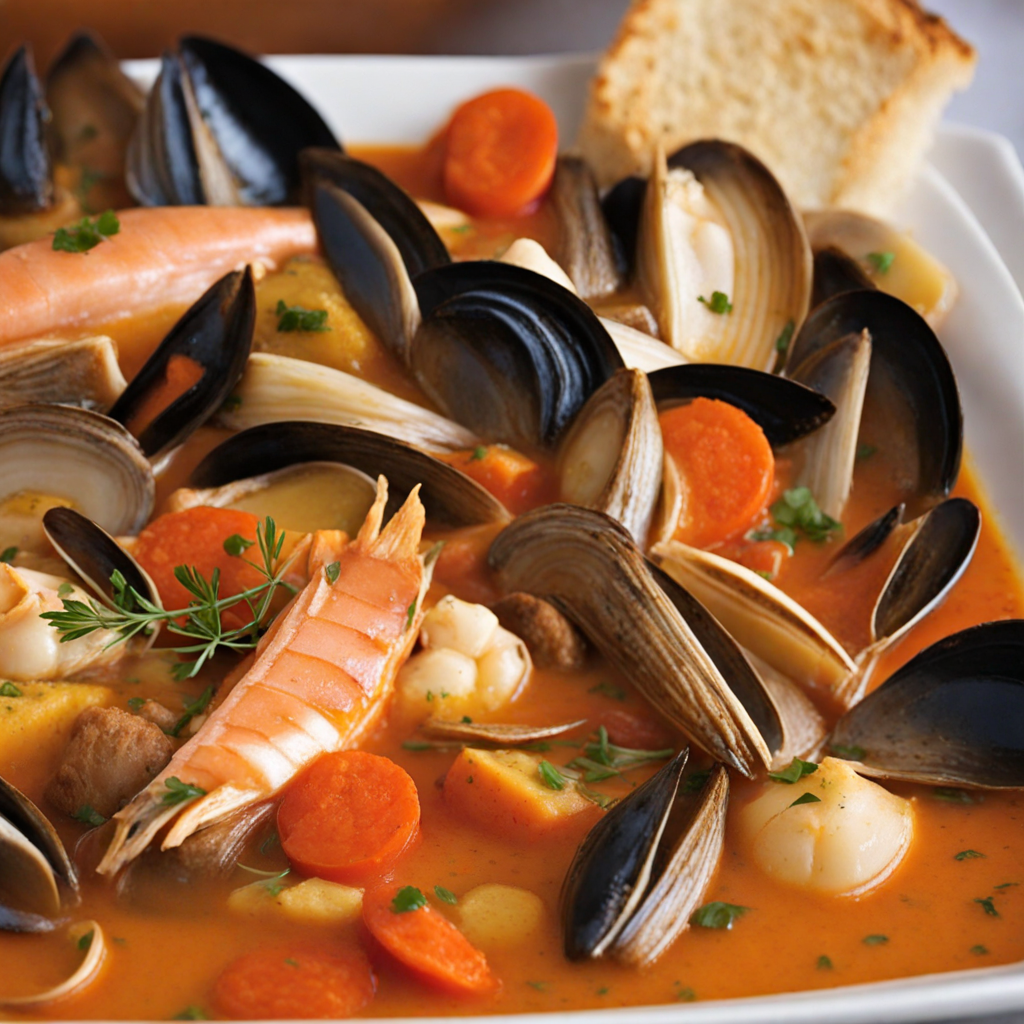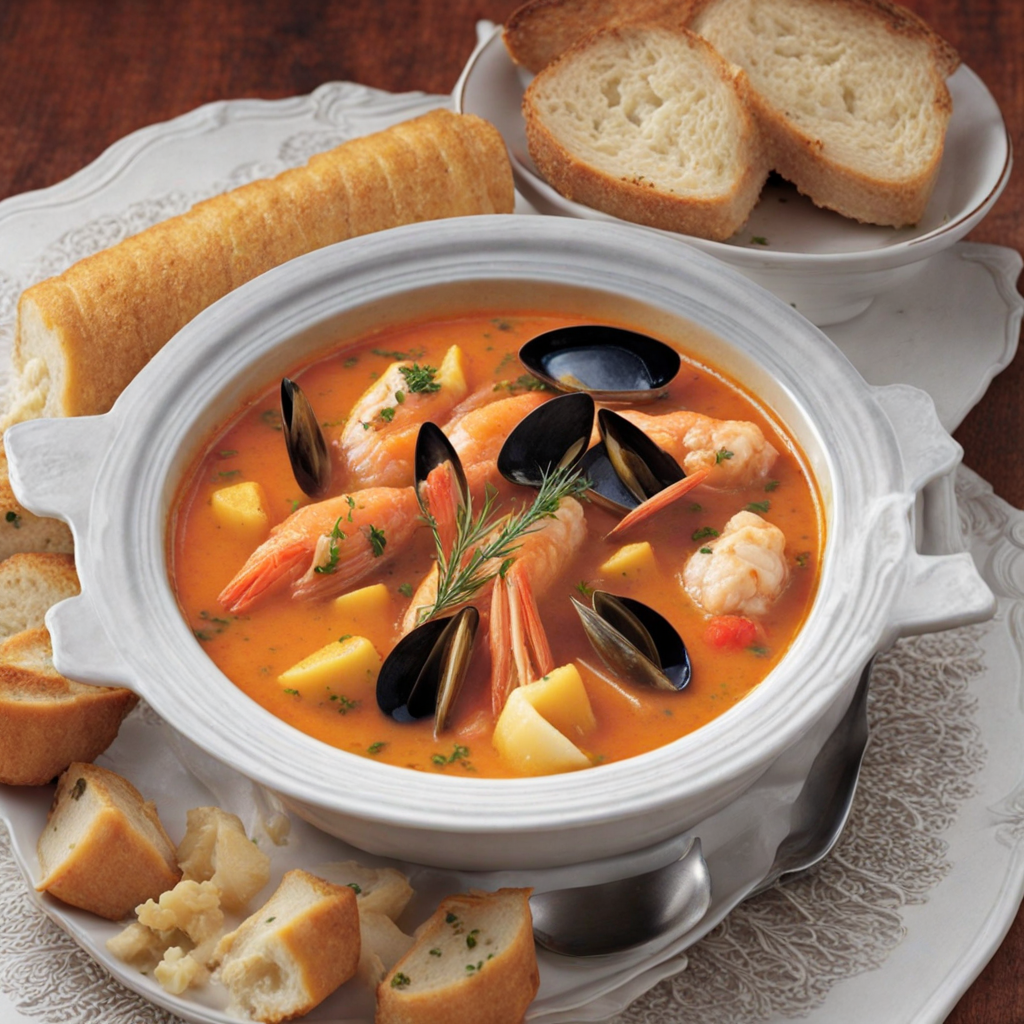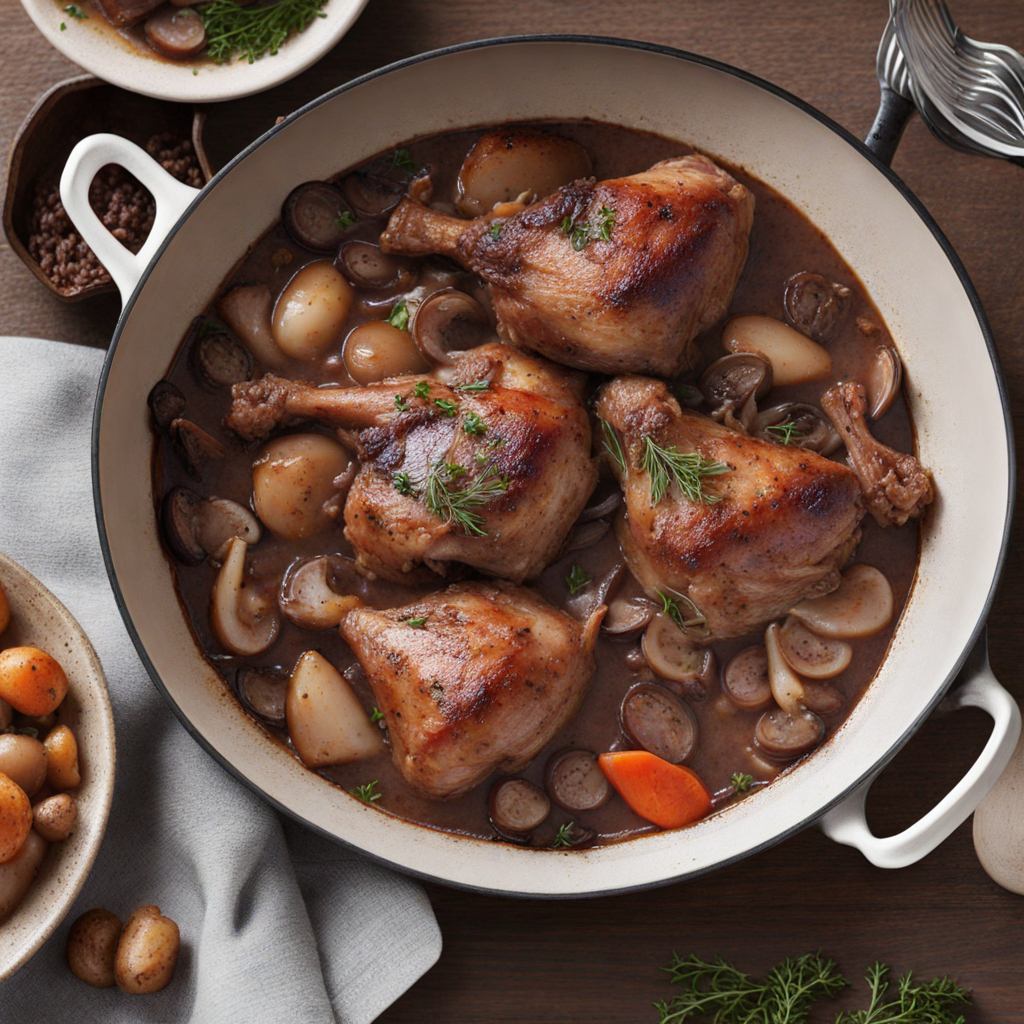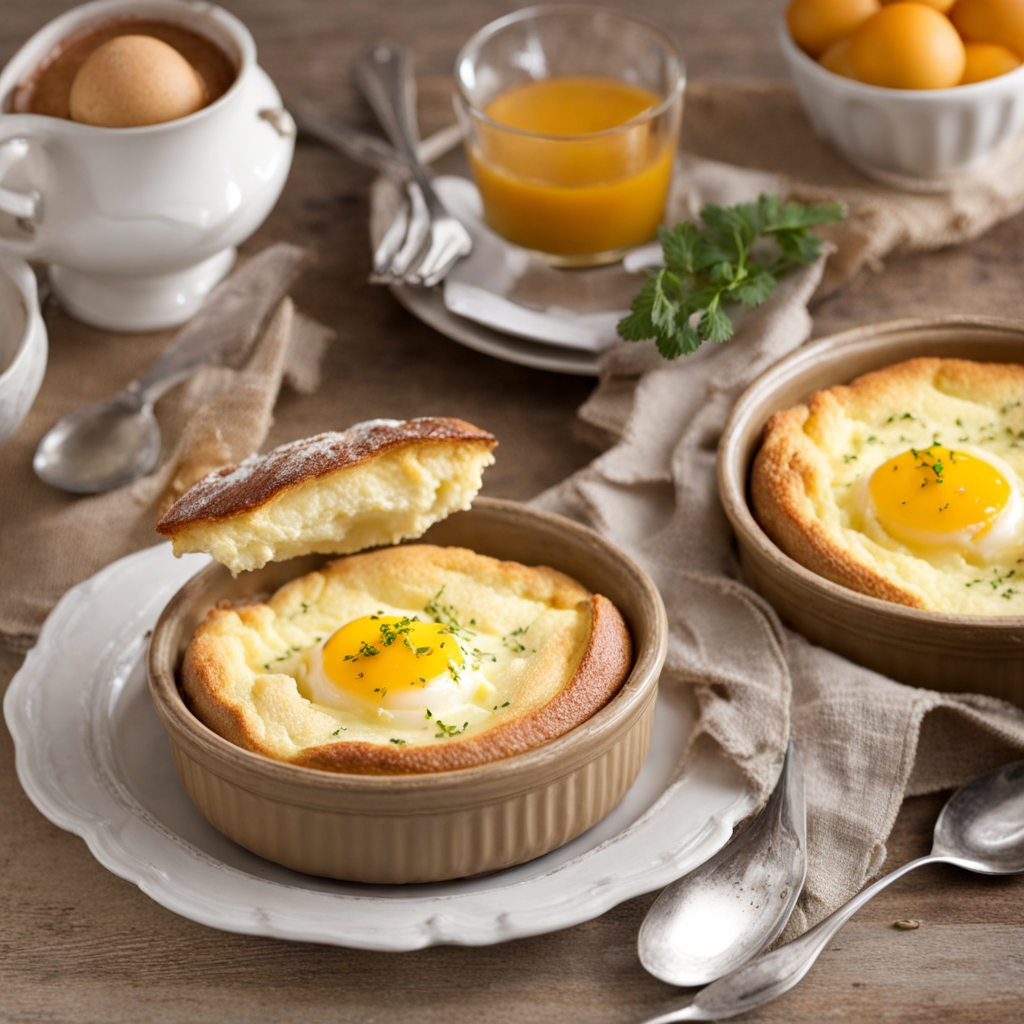Bouillabaisse
Bouillabaisse is a traditional Provençal fish stew that embodies the essence of the Mediterranean coast of France. This dish is renowned for its rich and fragrant broth, which is usually made from a blend of various fish, shellfish, and aromatic herbs. The base of the stew typically includes ingredients like saffron, fennel, leeks, tomatoes, and a mix of spices such as orange peel and garlic, creating a complex and savory flavor profile that is both comforting and invigorating. The vibrant colors and aromas of Bouillabaisse transport you straight to the bustling markets and sun-soaked shores of Marseille, where this dish originated.
How It Became This Dish
The History of Bouillabaisse: A Culinary Journey through France Bouillabaisse, a traditional Provençal fish stew, is more than just a meal; it embodies the essence of coastal life in France, particularly in the bustling port city of Marseille. This iconic dish has a rich history that reflects the cultural exchanges, culinary innovations, and regional ingredients that have shaped it over centuries. #### Origins: A Fisherman’s Meal Bouillabaisse traces its roots back to ancient Mediterranean cultures, where fish stew was a common fare among fishermen. The term itself is derived from the Provençal words "bouille," meaning to boil, and "abaisse," meaning to lower, referring to the method of cooking the ingredients. Originally, this dish was a humble meal prepared by fishermen using the day’s catch that was too small or unsalable. They would combine a variety of fish with herbs, spices, and tomatoes, creating a hearty stew that was both nourishing and economical. The essence of bouillabaisse lies in its diversity of fish and seafood. Traditionally, it includes a mix of local species—often rascasse (rockfish), conger eel, and various white fish—along with shellfish such as mussels and shrimp. The use of saffron, a luxurious spice, adds a distinctive flavor and a beautiful golden hue, indicative of the dish's later evolution into a more refined culinary creation. #### Cultural Significance: A Symbol of Marseille As bouillabaisse evolved, it became a symbol of the city of Marseille and its rich maritime culture. By the 18th century, bouillabaisse began to gain popularity beyond the fishing communities, attracting the attention of affluent diners who were drawn to its unique flavors and the artistry involved in its preparation. Restaurants began to pop up, serving bouillabaisse as a signature dish, and chefs started to experiment with ingredients and presentation, elevating it from a simple fisherman’s stew to a culinary delicacy. Marseille’s multicultural environment, influenced by its history of trade and immigration, also played a significant role in the development of bouillabaisse. The dish absorbed flavors and cooking techniques from various cultures, including Italian and North African cuisines. This melding of influences not only enriched the flavor profile of bouillabaisse but also reinforced its status as a dish that transcends social classes—a unifying meal that brings people together. #### The Classic Recipe: A Culinary Art The traditional preparation of bouillabaisse involves a careful layering of flavors. The base typically consists of a broth made from fish bones, aromatic vegetables, and spices, including fennel, leeks, and garlic. Once the broth is prepared, the fish and seafood are added, along with the signature saffron and sometimes a touch of orange peel or pastis, an anise-flavored spirit that enhances the dish's complexity. One of the key aspects of bouillabaisse is its accompanying rouille, a garlicky mayonnaise infused with saffron and often served atop toasted bread. The rouille adds richness and a warming flavor, making it an integral part of the dish. The preparation of bouillabaisse requires not just culinary skill but also an understanding of how to balance the flavors and textures of the various ingredients, showcasing the cook's expertise. #### Bouillabaisse in Literature and Art Bouillabaisse has not only made its mark in the culinary world but has also been celebrated in literature and art. Renowned authors like Émile Zola and Marcel Pagnol have depicted bouillabaisse in their works, often using it as a symbol of the rich cultural heritage and communal spirit of the Mediterranean. Pagnol, in particular, highlighted the dish's significance in the lives of the people of Provence, illustrating how food serves as a bridge between generations and a marker of social identity. In addition to literature, bouillabaisse has inspired artists, with its vibrant colors and textures providing a feast for the eyes as well as the palate. The dish has appeared in paintings and culinary photography, often celebrated for its rustic charm and the artistry involved in its creation. #### Modern Adaptations and Global Influence In the 20th and 21st centuries, bouillabaisse has continued to evolve, adapting to contemporary tastes and global culinary trends. Chefs around the world have embraced the dish, experimenting with variations that incorporate new ingredients or cooking methods. While traditionalists argue for the preservation of the classic recipe, modern interpretations often play with the concept of bouillabaisse, introducing alternative proteins, vegetables, and even vegan adaptations. In the global culinary landscape, bouillabaisse has become emblematic of French cuisine, often featured on menus in fine dining establishments as well as bistros. Its reputation has spread far beyond the shores of France, inspiring countless chefs and food enthusiasts to recreate this classic dish, each adding their own twist while paying homage to its storied past. #### Bouillabaisse Today: A Celebration of Heritage Today, bouillabaisse remains a celebrated dish in Marseille, where annual festivals and culinary events pay tribute to its history and cultural significance. Local chefs often participate in competitions to showcase their interpretations of the dish, emphasizing the pride that the community has for its culinary heritage. The dish not only nourishes the body but also fosters a sense of belonging and continuity, connecting generations of chefs and diners to a shared legacy. As bouillabaisse continues to be enjoyed around the world, it stands as a testament to the power of food as a cultural artifact. It tells a story of place and people, reflecting the history, geography, and social fabric of the Mediterranean. Whether enjoyed in a seaside bistro in Marseille or recreated in a home kitchen thousands of miles away, bouillabaisse serves as a delicious reminder of the rich tapestry of flavors that define traditional Provençal cuisine. In conclusion, bouillabaisse is not merely a dish; it is a culinary journey that encapsulates the essence of French coastal life, a celebration of community, and a legacy of flavor that continues to evolve while honoring its roots. Through its rich history and cultural significance, bouillabaisse remains a timeless symbol of the Mediterranean’s bountiful sea and the vibrant traditions of its people.
You may like
Discover local flavors from France







